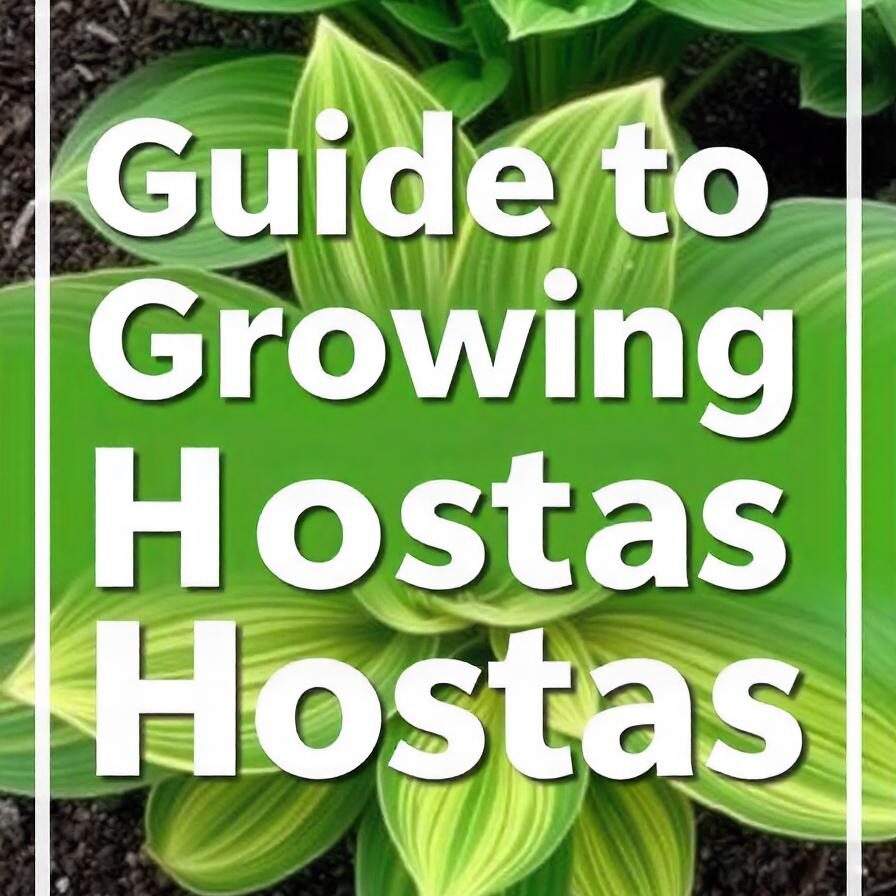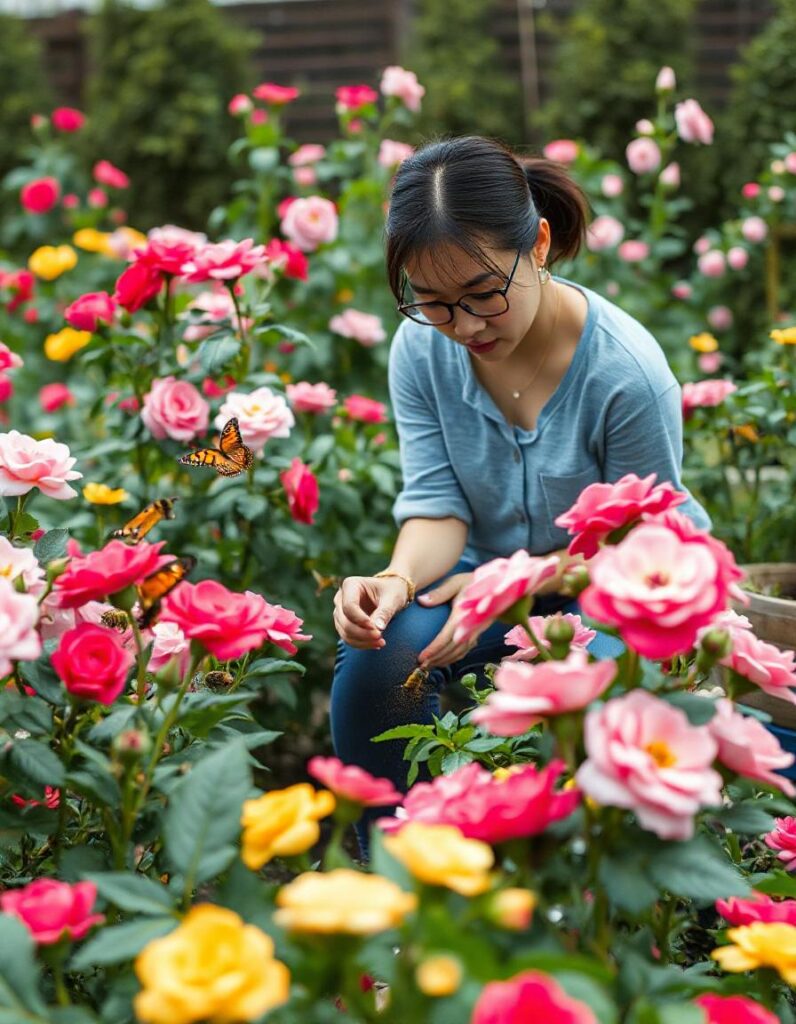Guide to Growing Hostas plants: Varieties, Care, and 7 Tips
Hostas plants , often referred to as the “queens of the shade garden,” are beloved perennials that bring vibrant foliage to gardens, especially in shaded areas where other plants may struggle. With their wide variety of sizes, colors, and leaf patterns, hostas add visual interest to any garden setting. This comprehensive guide will delve into everything you need to know about growing, caring for, and maintaining hostas plants.
Table of Contents
What Are Hostas?
Hostas are herbaceous perennials primarily grown for their attractive foliage. Native to Japan, Korea, and China, these plants belong to the family Asparagaceae. They are known for their large, lush leaves, which can range in color from deep green to blue, yellow, and variegated patterns. Hostas also produce spikes of small, tubular flowers, usually white or lavender, that attract pollinators like bees and hummingbirds.

Varieties of Hostas
Hostas come in many varieties, with sizes ranging from miniature plants that fit in containers to massive clumps that can cover large garden beds. Some popular varieties include:
- Hosta ‘Blue Mouse Ears’: A miniature hosta with rounded blue-green leaves, ideal for container gardening or borders.
- Hosta ‘Sum and Substance’: A giant variety with golden-yellow leaves that can grow up to 3 feet tall and wide.
- Hosta ‘Patriot’: Known for its striking green leaves with white margins, perfect for adding contrast to shaded areas.
- Hosta ‘Francee’: A medium-sized variety with dark green leaves edged with white, making it a classic choice for many gardens.
Ideal Growing Conditions for Hostas
Hostas thrive in shaded to partially shaded environments, making them a perfect solution for areas of the garden that receive little sunlight. Here are the ideal conditions for growing hostas:
- Light: While hostas are shade-loving plants, some varieties can tolerate partial sun, especially those with golden or variegated leaves. Morning sunlight is best, as too much direct sunlight can scorch their leaves.
- Soil: Hostas prefer well-drained, rich soil with plenty of organic matter. Adding compost or aged manure will improve the soil quality and help the plants thrive.
- Water: These plants require consistent moisture, especially during the growing season. Aim to keep the soil evenly moist but not waterlogged. Mulching around the base of the plant helps retain moisture and keeps the roots cool.
Planting Hostas
Planting hostas is relatively straightforward, but timing and placement are key to their success.
- When to Plant: The best time to plant hostas is in the spring or fall. Early spring, just as the ground thaws, or early fall, before the first frost, allows the plants to establish strong roots.
- Spacing: Depending on the variety, hostas need space to grow and spread. Smaller varieties can be planted 1-2 feet apart, while larger varieties may need 3-4 feet of space between plants.
- Planting Depth: Dig a hole deep enough to accommodate the root ball, ensuring the crown of the plant (where the leaves meet the roots) is at soil level. Cover the roots with soil and water thoroughly.
Caring for Hostas
Hostas are generally low-maintenance plants, but proper care will ensure they stay healthy and vibrant.
- Fertilization: Feed your hostas with a balanced, slow-release fertilizer in the spring when new growth begins. Avoid over-fertilizing, as this can lead to overly soft leaves, which are more susceptible to damage.
- Watering: Regular watering is crucial, especially during dry spells. Aim for about 1 inch of water per week, either through rainfall or manual watering.
- Mulching: Apply a layer of mulch around the plants to help retain moisture, suppress weeds, and regulate soil temperature.
Common Pests and Diseases
Although hostas are relatively hardy, they can be susceptible to a few pests and diseases.
- Slugs and Snails: These are the most common pests for hostas, as they feed on the leaves, leaving unsightly holes. To combat slugs and snails, use natural deterrents like crushed eggshells, diatomaceous earth, or copper tape. Alternatively, set out slug traps or apply slug baits specifically designed for garden use.
- Deer and Rabbits: Hostas are a favorite snack for deer and rabbits. If you live in an area where these animals are common, consider using fencing or repellents to protect your plants.
- Crown Rot: This fungal disease can cause the base of the plant to rot. To prevent crown rot, ensure your hostas are planted in well-drained soil and avoid overwatering.
- Leaf Spot: Another common issue is leaf spot, which can cause brown or yellow spots on the leaves. Fungicides can help manage this problem, but the best defense is maintaining good air circulation around the plants by not overcrowding them.
Dividing and Transplanting Hostas
Hostas can become crowded over time, so dividing and transplanting them is essential for their health and vigor. The best time to divide hostas is in the spring or early fall.
- Dig Up the Plant: Carefully dig around the plant, lifting the entire root ball from the soil.
- Divide the Clump: Using a sharp knife or spade, divide the root ball into sections, ensuring each division has at least one healthy eye (a growth point) and plenty of roots.
- Replant: Replant the divisions at the same depth as the original plant, spacing them appropriately based on their mature size.
Hostas in Landscaping
Hostas are versatile plants that can be used in a variety of landscaping situations. They work well as ground covers, edging plants, or as focal points in shaded garden beds. Consider pairing hostas with other shade-loving plants like ferns, astilbes, or heucheras for a lush, layered look. Mixing different hosta varieties with contrasting leaf colors and textures can also create a visually appealing garden design.
Winter Care for Hostas
Hostas are hardy perennials that can survive cold winters, but they benefit from some preparation before the first frost. As the growing season ends, hosta leaves will naturally die back. Trim the dead foliage to reduce the risk of pests and diseases overwintering in the garden. Adding a layer of mulch after the ground freezes can help protect the roots from extreme temperature fluctuations during the winter months.
Conclusion
Hostas are a gardener’s dream, offering beauty and resilience with minimal effort. With hundreds of varieties to choose from, they provide endless possibilities for creating stunning garden displays. Whether you are a beginner or an experienced gardener, hostas are a rewarding plant to grow. With proper care and attention, these shade-loving perennials will thrive for years, adding lush foliage and elegant charm to your landscape.
By following this guide, you can enjoy a beautiful hosta garden that stands the test of time.
